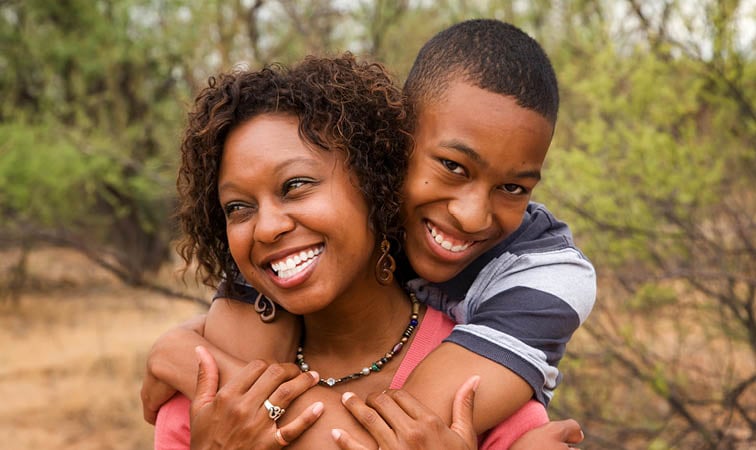About This Lesson
Now more than ever, we need meaningful connections with others. Teaching students how to recognize and celebrate positivity is essential for building strong relationships and fostering wellbeing.
Showcase the Good is an evidence-informed skill in which students learn how to respond to others’ good news and success in a way that deepens connection and spreads joy. You can teach students how to be joy multipliers by amplifying and supporting each other’s wins.
These interactive teaching slides include five lessons and activities that introduce students to the science of celebrating good news and why it matters for wellbeing. Students will explore how their responses to others’ good news can either strengthen or weaken relationships.
- Activity 1: What is Good News? – Students reflect on the importance of sharing and celebrating positive moments, especially during challenging times.
- Activity 2: Introduction to Good News Response Styles – An introduction to the four response styles identified by researcher Shelly Gable, with examples for students to analyze.
- Activity 3: Name that Response Style – A deep dive into the response style that builds connection, with guided practice in amplifying others' good news—being a joy multiplier!
- Activity 4: Role Play Responding to Good News – Students apply their learning by identifying different response styles in real-life and classroom scenarios.
- Activity 5: Showcase the Good Everyday – A culminating activity where students put their skills into action, practicing ACR in peer conversations.
Here’s what you’ll get:
- An editable and customizable Google Slides teaching deck
- Free, printable activities
- Teacher’s notes, guided questions, and modifications to support diverse learning needs
- Access to a unit study about responding to good news
Why you’ll love this activity:
- These activities are easy to customize in your classroom or at home
- You can use this resource as part of a comprehensive, science-based unit study
- The associated free unit study for Showcase the Good comes with activities, downloadable worksheets, and even IEP and BIP recommendations tailored specifically to students with autism
- Encourages emotional literacy and growth in social-emotional learning (SEL)
Ways to Use
- Incorporate into SEL curriculum
- Integrate into small groups and/or individual counseling sessions
- Use as a brain break to help with transitions
- Families can use this at home, too!
What is Showcase the Good?
When we experience something positive, we want to share it! This process, known as capitalization, allows us to savor good moments—but the way others respond to our good news can either strengthen or strain our relationships. Researcher Shelly Gable identified four response styles to good news–only one truly builds connection: leaning in, asking engaging questions, and amplifying others' joy.
Science of Showcase the Good
The science is clear — only 1 of 4 response styles strengthens relationships and benefits wellbeing. Active Constructive responding, otherwise known as Showcasing the Good, is the only response style that boosts wellbeing, trust, social connections, and positive affect. Passive Destructive, Passive Constructive, and Active Destructive all deteriorate relationships and wellbeing.
People who regularly give and receive Active Constructive Responses to good news (otherwise known as Showcasing the Good) are more likely to experience:
- Increased wellbeing
- Stronger memories of positive events
- Increased positive affect
- Increased trust
- Stronger social connections
Learn more about the science behind Showcase the Good.
Looking for more Showcase the Good Resources?
- Explore the free Showcase the Good Unit Study, which comes with teaching slides, additional worksheets and activities, and even IEP and BIP recommendations tailored specifically to students with autism.
Proof Positive’s resources are and will always be free. Be well!
Bonus access to full lesson plans and unit studies on the skills of happiness at our Skill Center












